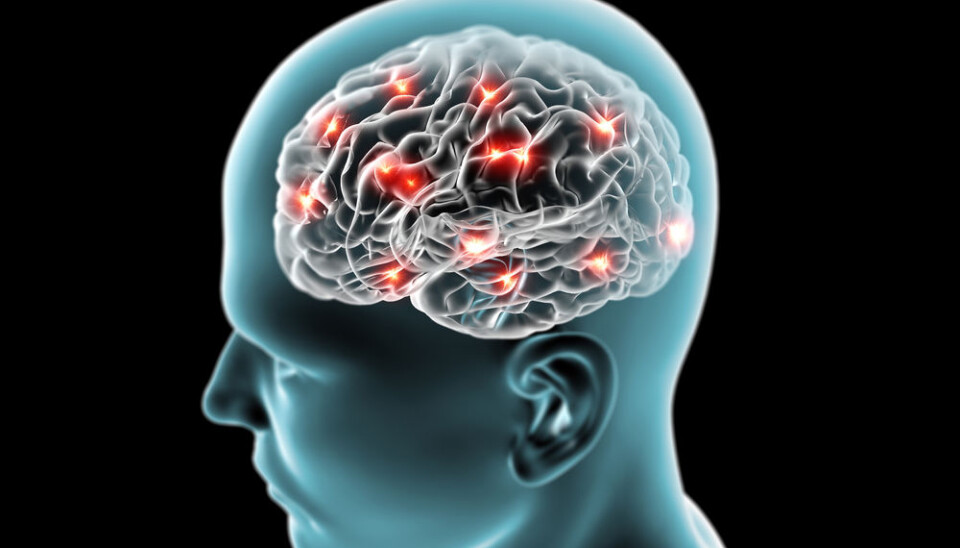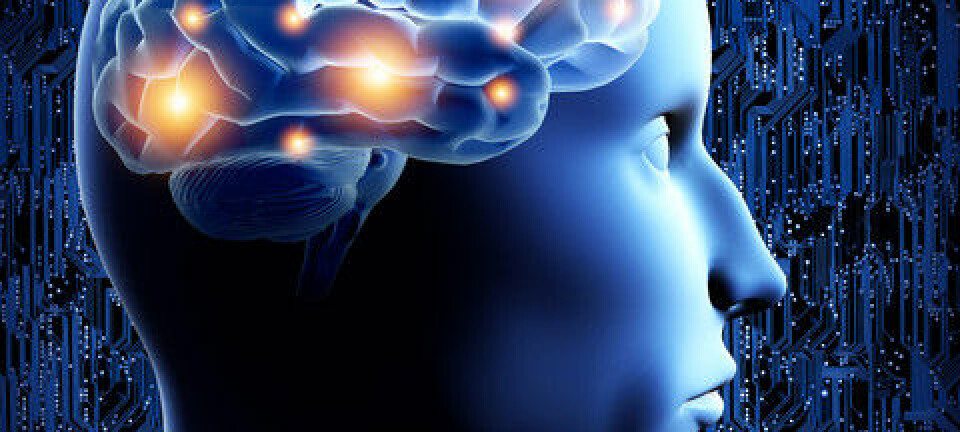
Danish scientists disprove popular Parkinson’s myth
Advanced computer models allow scientists to track brain processes causing the irreversible disease.
Little is known of the incurable Parkinson’s disease -- despite the fact that 1 in 1,000 Danes are affected by the neurological illness.
But now, scientists from University of Copenhagen have gained important new knowledge of the disease, writes the university in a press release.
Through advanced computer models the neurologists have traced and mapped the brain processes that could be the culprits for causing Parkinson’s.
It was previously believed that a lack of dopamine, a neurotransmitter, caused the violent shaking in the bodies of those inflicted with the disease. Dopamine affects the body’s movement and mental functions.
Brain signal is shut down by the disease
When dopamine levels fall, special neurons are activated and they signal the brain to stop. Parkinson’s kills, and it’s still unclear how, dopamine cells and the stop signal is over activated.
But the new research project makes it possibly to observe what actually goes on inside Parkinson’s patients’ brains – albeit only virtually through the advanced computer models.
“With the simulations we can challenge the existing paradigm and come up with new ideas for what actually happens inside the brain when dopamine cells slowly disappear,” says postdoc Jakob Kisbye Dreyer, Department of Neuroscience and Pharmacology at University of Copenhagen, in the press release.
Our brain fights a losing battle
The simulations show that the cell death only disturbs the levels of dopamine in a very late developmental stage of the disease, and that Parkinson’s symptoms are visible much before the dopamine levels fall.
Using the models, the scientists are able to observe how the brain compensates for the low neurotransmitter levels by creating more dopamine receptors. While this has a positive effect in the beginning, the cell death intensifies and in the end the dopamine signal disappears.
When it’s almost completely gone, the random fluctuations in dopamine levels activates the brain’s stop signal -- which leads the patients to start shaking.
The new project was recently published in Journal of Neuroscience.
--------------
Read the original story in Danish on Videnskab.dk
Translated by: Kristian Secher










